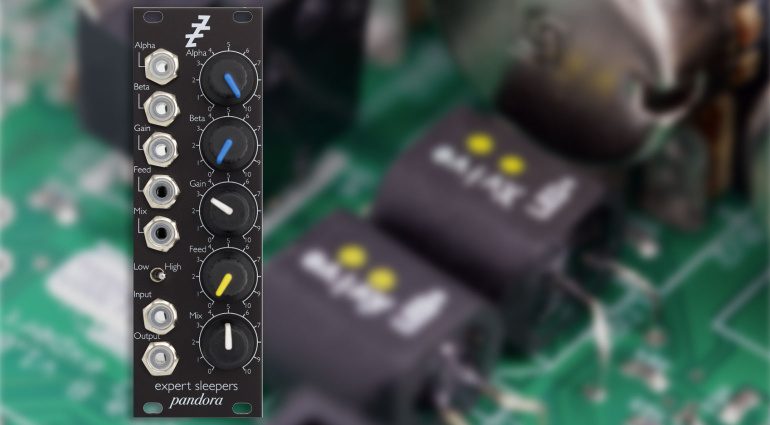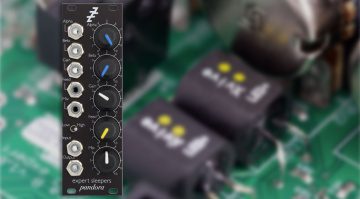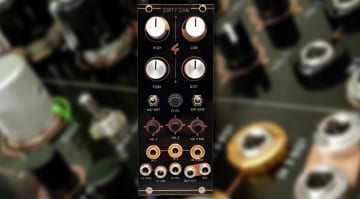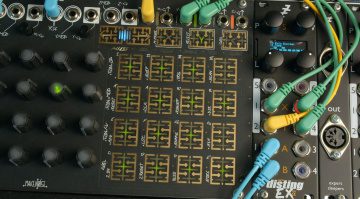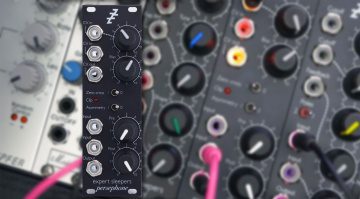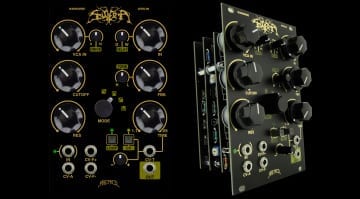Pandora: Vactrol bandpass filter with MOSFET distortion
Opening the box on Pandora, we find that vactrol-based bandpass filtering and MOSFET transistor distortion can be pushed into all sorts of fascinating places if you know what you’re doing.
Pandora
On first inspection, Pandora doesn’t seem to fulfil its presumed remit of having all sorts of stuff going on. But Ben (Divkid) Wilson has done an in-depth video that demonstrates exactly how deep this box goes. It’s impressive.
Pandora is 100% analogue and generates some thick, gooey tones in response to an input. If we use the combination of the high and low pass filter to mould our bandpass. Then employ some thoughtful modulation while leaning into the Feedback circuit. It seems we have an endless variety of applications. You can drive and saturate, widen and thicken, sweep and throb, generate LFOs, shape waveforms and impose character on the characterless.
The module itself follows the look and layout of Expert Sleepers other analogue modules. There’s actually some colour coding going on, with blue being frequency, white being gain, grey being CV, and yellow being feedback. The Alpha and Beta knobs at the top set the high and low cutoff corners of the bandpass filter. You then have Gain, Feedback and Mix outputs. Everything can be controlled via CV.
A Low/High switch plunges the filter response down several octaves and enables Pandora to synthesise percussive sounds when you feed it trigger pulses.
Video
In the video, Divkid seems to fly through a dozen different applications with stunning and very different results. It would be very easy to see this as a strangely named distortion module when in fact it has all sorts of things going on.
Pandora will be available shortly, and you can preorder at Thomann (affiliate link) for £192.
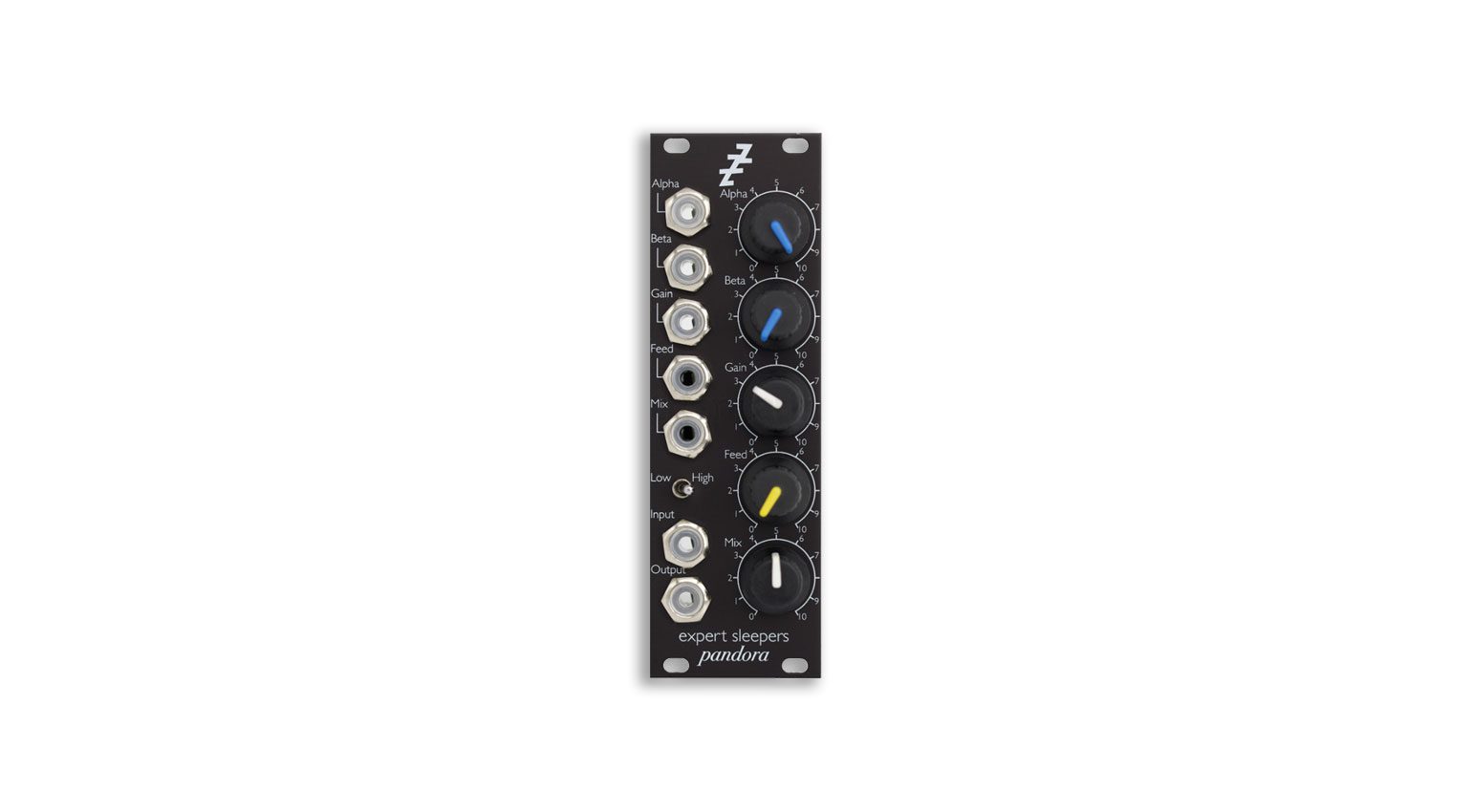
You are currently viewing a placeholder content from YouTube. To access the actual content, click the button below. Please note that doing so will share data with third-party providers.
 3,3 / 5,0 |
3,3 / 5,0 | 